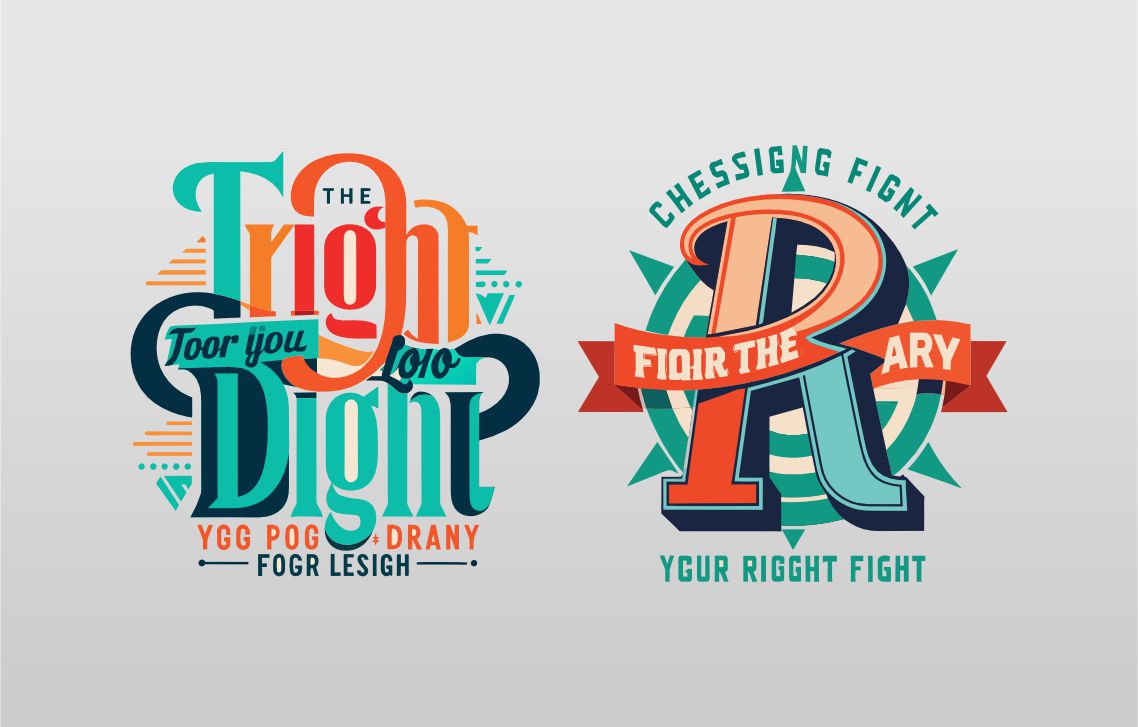Graphic Design
Logo Design For Startups Building A Strong Brand From The Ground Up
Starting a new business venture is an exhilarating journey filled with numerous decisions that shape the future of the company. One such crucial decision is creating a logo that encapsulates the essence of the brand and leaves a lasting impression on customers. In today’s competitive landscape, where startups abound, a well-designed logo can be the differentiating factor that sets a brand apart. In this article, we delve into the intricacies of logo design for startups, exploring the process, best practices, and key considerations to build a robust brand identity from scratch.
Introduction to Logo Design for Startups
In a sea of competitors, establishing a distinct brand identity is essential for startups to carve a niche for themselves. At the heart of this identity lies the logo, a visual representation of the brand that communicates its values, personality, and offerings at a glance. A well-crafted logo not only fosters brand recognition but also evokes trust and credibility among consumers.
Understanding Brand Identity
Before delving into logo design specifics, it’s imperative to grasp the concept of brand identity. Simply put, brand identity encompasses the visual and verbal elements that distinguish a brand from its competitors. For startups, crafting a unique brand identity is paramount to stand out in a crowded marketplace and connect with their target audience on a deeper level.
Elements of Effective Logo Design
Effective logo design hinges on several fundamental principles, including simplicity, memorability, versatility, timelessness, and relevance. A successful logo seamlessly combines these elements to create a visually striking and memorable symbol that resonates with the target audience.
Steps to Designing a Logo for Startups
The process of designing a logo for a startup involves several sequential steps, starting from research and brainstorming to the finalization of the design. Each stage plays a pivotal role in shaping the eventual outcome, and meticulous attention to detail is paramount to ensure the logo aligns with the brand’s identity and goals.
Color Psychology in Logo Design
Colors evoke emotions and influence perceptions, making them a crucial component of logo design. Understanding the psychology behind different colors enables startups to choose hues that reflect their brand personality and evoke the desired response from consumers.
Typography in Logo Design
Typography plays a significant role in conveying the brand’s tone and personality. From elegant serifs to modern sans-serifs, selecting the right fonts can amplify the message conveyed by the logo and enhance brand recognition.
Iconography and Symbolism
Incorporating symbols and icons into logo designs can convey complex ideas and values in a concise manner. By leveraging symbolism, startups can imbue their logos with layers of meaning that resonate with their target audience.
Case Studies of Successful Startup Logos
Analyzing successful startup logos offers valuable insights into what makes a logo effective. By studying renowned brands’ logo designs, startups can glean inspiration and tailor their own logos to achieve similar success.
Avoiding Common Mistakes in Logo Design
From overcomplication to neglecting scalability, several pitfalls can hinder the effectiveness of a logo. By steering clear of these common mistakes, startups can ensure their logos remain impactful and timeless.
Testing and Iteration
Iterative testing is essential to refine and perfect logo designs. Soliciting feedback from target consumers and making iterative adjustments based on their responses can lead to a logo that resonates deeply with the intended audience.
Legal Considerations
Navigating the legal landscape of logo design involves trademarking the logo to protect intellectual property rights and ensuring it does not infringe upon existing trademarks. Failing to address these considerations can lead to legal repercussions down the line.
Budgeting for Logo Design
Budgetary constraints often dictate the approach to logo design for startups. By understanding the factors that influence costs and finding a balance between quality and affordability, startups can make informed decisions that yield impactful results.
DIY vs. Hiring a Professional Designer
Deciding between designing a logo in-house or enlisting the expertise of a professional designer is a critical choice for startups. While DIY approaches offer cost savings, professional designers bring a wealth of experience and creative vision to the table.
Maintaining Consistency Across Branding Materials
Consistency is key to building a strong brand identity. By adhering to brand guidelines and ensuring uniformity across various branding materials, startups can reinforce brand recognition and trust among consumers.
Conclusion
In conclusion, logo design plays a pivotal role in shaping the identity and perception of startups in the marketplace. By prioritizing simplicity, relevance, and memorability, startups can create logos that resonate with their target audience and lay the foundation for a robust brand identity. Investing time and resources in thoughtful logo design is an investment in the long-term success and growth of the business.
FAQs (Frequently Asked Questions)
1. What makes a logo design effective for startups?
A logo design for startups should be simple, memorable, versatile, timeless, and relevant to the brand’s identity and values.
2. How important is color psychology in logo design?
Color psychology plays a crucial role in influencing consumer perceptions and emotions, making it essential for startups to choose colors that align with their brand personality and message.
3. Should startups hire professional designers for logo design?
While DIY approaches offer cost savings, professional designers bring expertise and creativity to the table, often resulting in more impactful and effective logo designs.
4. How can startups ensure legal compliance in logo design?
Startups should trademark their logos to protect intellectual property rights and ensure they do not infringe upon existing trademarks.
5. Why is maintaining consistency across branding materials important?
Consistency reinforces brand recognition and trust among consumers, ensuring a cohesive brand identity across various touchpoints.

